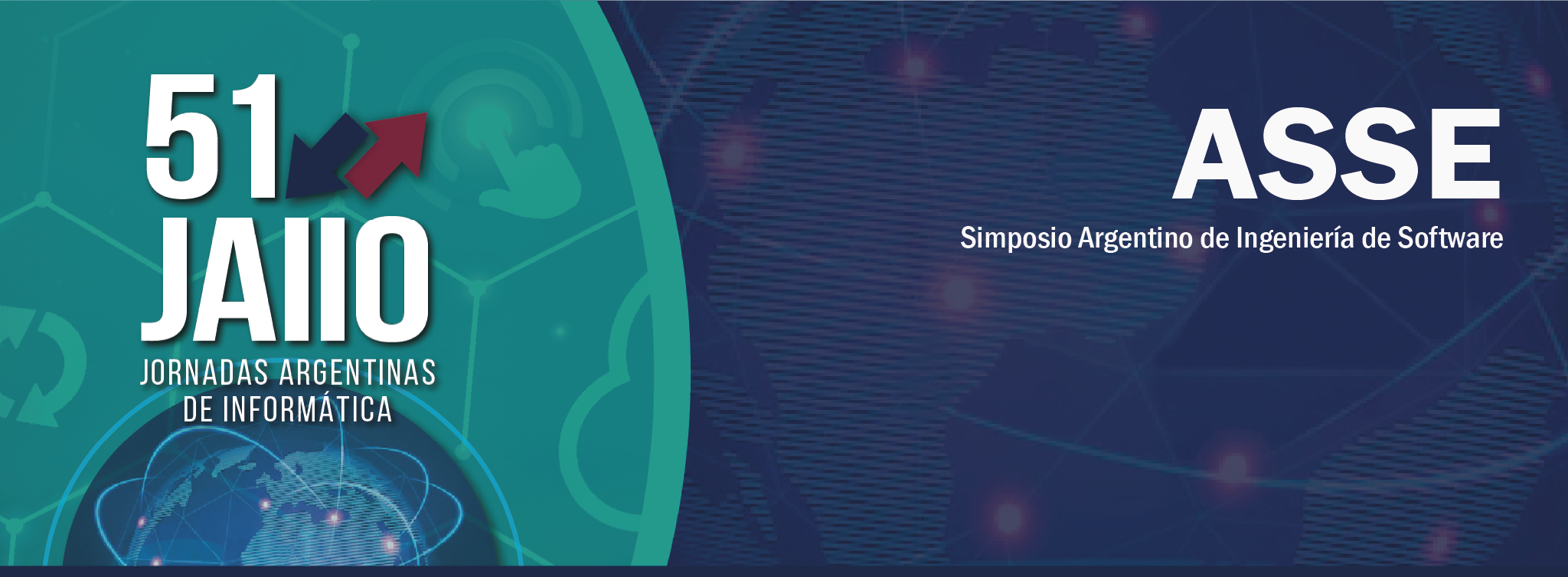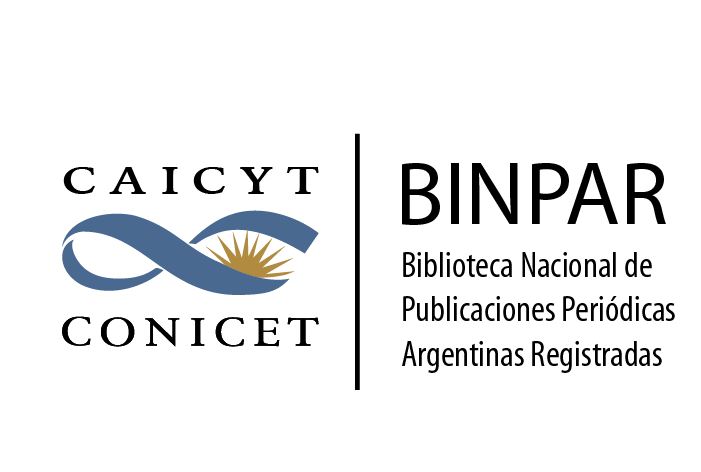Making Architecture Optimization Transparent with Tactic-Based Explanations
Palabras clave:
architecture optimization, tactics, explainability, toolsupport, user studyResumen
Over the past decade, a number of automated techniques and tools have been developed for optimizing architectural designs with respect to quality-attribute goals. In these systems, the optimization process is typically seen as a black box, since it is not possible for a human to have access to the decisions that led to a particular solution generated by an optimization tool. Even when these decisions are available for inspection, the amount of information can be overwhelming for the architect. As a result, humans might not completely understand the rationale behind a given solution or trust that a tool made correct decisions. To mitigate this problem, we propose a semi-automated approach for generating textual explanations for any architectural solution produced by a tool. This kind of explanation provides a summary of the key architectural tactics that were applied to achieve an optimized architecture that satisfies a set of quality-attribute objectives. In this paper, we discuss two procedures for determining the key tactics to be explained. As an initial experiment, we used a popular optimization tool to generate solutions and explanations for a small but non-trivial design space involving performance, reliability, and cost objectives. We also performed an exploratory user study to assess the e↵ectiveness of these explanation
Descargas
Publicado
Número
Sección
Licencia
Derechos de autor 2022 J. Andres Diaz-Pace, David Garlan

Esta obra está bajo una licencia internacional Creative Commons Atribución-NoComercial-CompartirIgual 4.0.
Acorde a estos términos, el material se puede compartir (copiar y redistribuir en cualquier medio o formato) y adaptar (remezclar, transformar y crear a partir del material otra obra), siempre que a) se cite la autoría y la fuente original de su publicación (revista y URL de la obra), b) no se use para fines comerciales y c) se mantengan los mismos términos de la licencia.

















